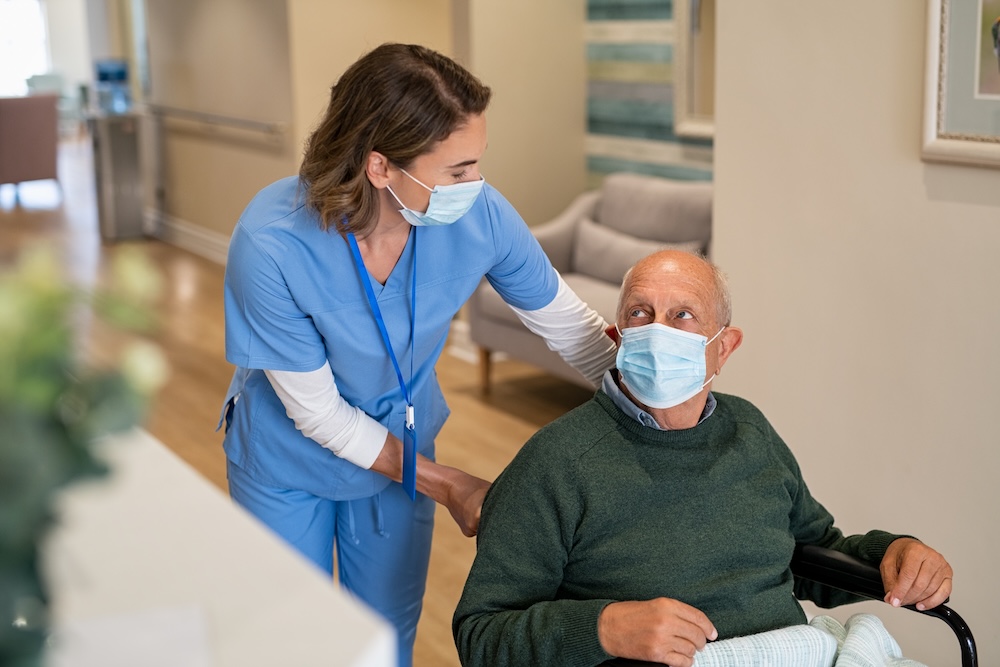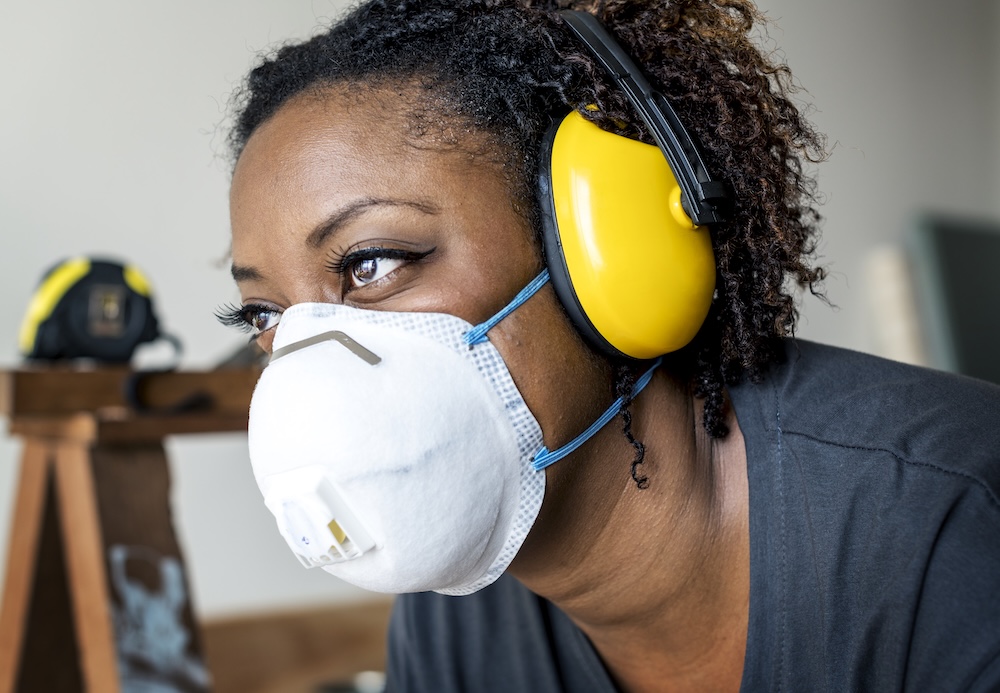The Care Quality Commission (CQC) evaluates health and social care providers in England using five key standards, ensuring that organisations provide the highest quality of care. Each standard serves as a crucial pillar in the CQC's inspection framework, guiding how care providers are assessed.
In this blog, we'll explore each of the five standards and their implications for providers.
What are the five standards?
The CQC 5 standards are Safe, Effective, Caring, Responsive, and Well-led.
The standards are evidence-based statements that examine the specifics of how a service performs in each of these areas. Under the old framework, they were previously referred to as the CQC Key Lines of Enquiry (KLOEs), so you may still hear them called this.
By breaking down the standards into manageable and measurable elements, the CQC ensures that its evaluations are thorough, objective, and transparent.

What do the 5 CQC Standards Mean for Providers?
The CQC evaluates services by asking five critical questions: Are they safe? Are they effective? Are they caring? Are they responsive to people’s needs? Are they well-led?
In its updated inspection framework, the CQC has shifted its focus toward the quality and safety of services, particularly emphasising aspects that are most important to the people who rely on these services.
By evaluating services against these five key questions, CQC inspectors can provide a well-rounded and thorough assessment. This helps to highlight the full spectrum of care quality – from services that are "Outstanding" and excel in meeting patient needs, to those that are "Poor" and may require urgent improvement.
This approach not only ensures transparency but also enables those receiving care to make informed decisions based on the ratings of healthcare providers.
A breakdown of the 5 standards
1. Safe
Ensuring the safety of both residents and staff is fundamental for delivering high-quality care. At the heart of the CQC safety standard is the protection of individuals from improper treatment, abuse, harm, and unsafe practices related to their living conditions or medications.
How is this standard achieved?
To meet this standard, care providers must implement robust safeguarding policies and maintain vigilant medication management systems to ensure that all care processes are safe and reliable.
A key aspect of providing a safe service is conducting regular and thorough risk assessments, which help identify and mitigate potential hazards. This proactive approach helps prevent avoidable harm, ensuring that residents are protected in all areas of care.
Providers are also responsible for guaranteeing that individuals are never subjected to any form of abuse or mistreatment, reinforcing a culture of safety, dignity, and respect. By adhering to these principles, care services can provide a safe and secure environment for everyone.
2. Effective
The second standard in the CQC’s framework focuses on the effectiveness of care, treatment, and support provided to service users.
Effective care is rooted in practices that are backed by credible evidence and guidance, ensuring that the services delivered result in positive and meaningful outcomes for those receiving care.
How is this standard achieved?
An effective service not only provides quality care but also addresses key components such as the promotion of good nutrition and hydration, ensuring that the basic health needs of those receiving care are met.
Additionally, the knowledge and skills of staff are crucial, as a well-trained team can deliver care that is not only competent but also compassionate. The accessibility and suitability of the premises also play a role in creating an effective care environment.
3. Caring
The third standard highlights the critical importance of delivering person centred care with compassion, ensuring that kindness, dignity, and respect are at the core of every interaction.
Care providers are expected to go beyond meeting basic needs by offering emotional support and fostering a nurturing environment where those receiving care feel valued and understood. This compassionate approach helps build trust and ensures that individuals feel comfortable and secure in their care settings.
How is this standard achieved?
A key aspect of this standard is actively listening to service users' feedback and acting upon it. Whether it’s a concern, suggestion, or praise, responding to feedback shows a commitment to improving care and adapting to the unique needs of each person.
Care should always be person-centred, meaning that it’s tailored to the specific preferences, values, and needs of each individual.

4. Responsive
The fourth CQC standard emphasises the importance of being responsive to the changing needs of those receiving care, ensuring that care is tailored to each individual and that any concerns or queries are addressed promptly.
A responsive care service adapts to the evolving needs of its residents, providing personalised care that respects the unique circumstances of each person.
How is this standard achieved?
Key components of a responsive service include having effective incident reporting and complaint-handling procedures in place, allowing issues to be raised and resolved swiftly and transparently. This feedback loop is essential for fostering trust and ensuring that the service continually evolves to meet the needs of its users.
Continuous improvement is another critical element, as care providers must consistently seek ways to enhance the quality of care they deliver.
5. Well-led
The final CQC standard focuses on ensuring that healthcare services are well-managed, with strong governance and effective oversight.
This standard highlights the importance of leadership in shaping the quality and culture of care, emphasising that care providers must have competent and skilled management teams in place.
How is this standard achieved?
Leadership is evaluated not only in terms of staff performance but also in terms of how management fosters a positive, inclusive, and transparent environment.
Effective governance ensures that the organisation’s policies, practices, and standards are regularly reviewed and upheld, making sure that person-centred care is consistently delivered.
Strong leadership is the foundation for a service that is proactive, responsive to challenges and committed to the well-being of both staff and those receiving health and social care.
Conclusion
The CQC 5 Standards are crucial for ensuring that care services consistently deliver high-quality care tailored to the needs of their service users.
For care providers, compliance with these standards is not only necessary to avoid being rated as 'Poor' but also to work towards achieving excellence in service delivery. By fully understanding and adhering to the CQC’s framework, providers can ensure that their services are safe, effective, caring, responsive, and well-led – hallmarks of exceptional care.
How Vatix can help
In today’s digital age, technology plays a pivotal role in helping care providers meet these standards more efficiently.
By streamlining processes, centralising data, and ensuring compliance, technology facilitates continuous improvement across all areas of care. From conducting audits to tracking healthcare events and incident reporting, technology ensures that care delivery remains both responsive and accountable.
Software solutions like Vatix can support care providers in evidencing safe and effective care delivery.
Get in touch to find out how our tools simplify compliance with CQC standards and help providers achieve positive outcomes for the people they serve.

.png)


